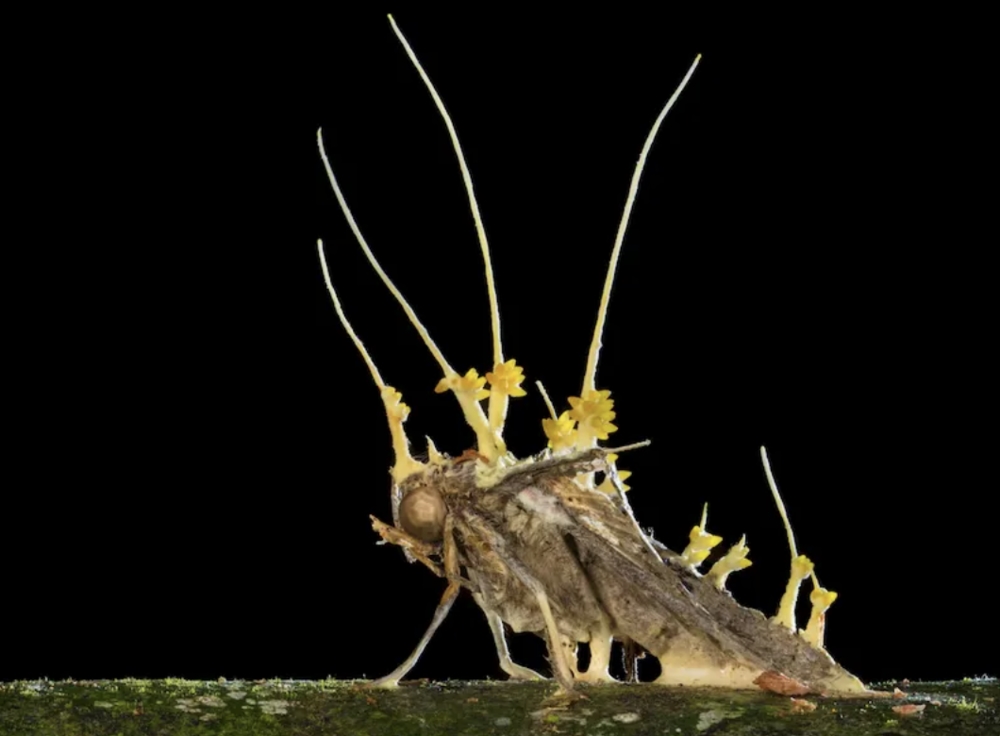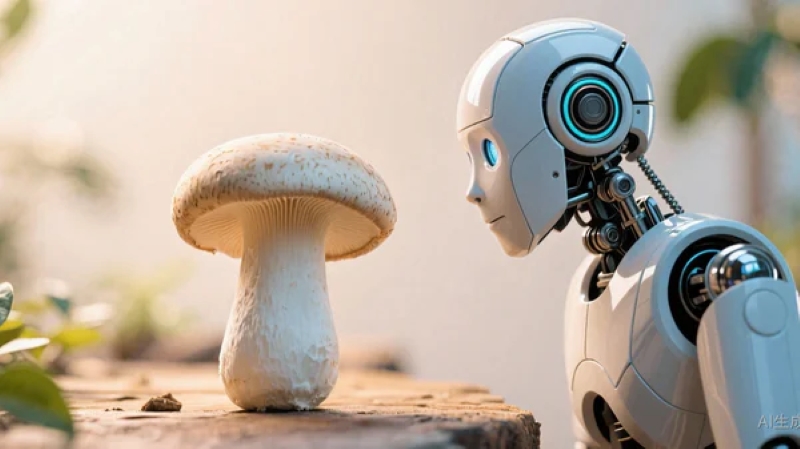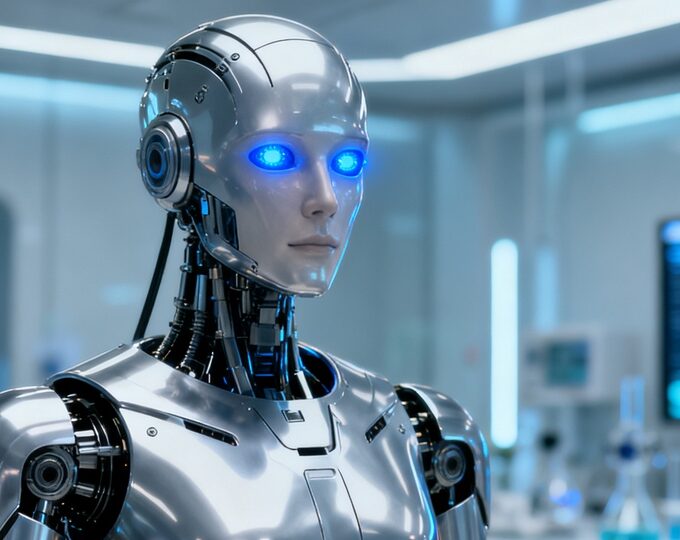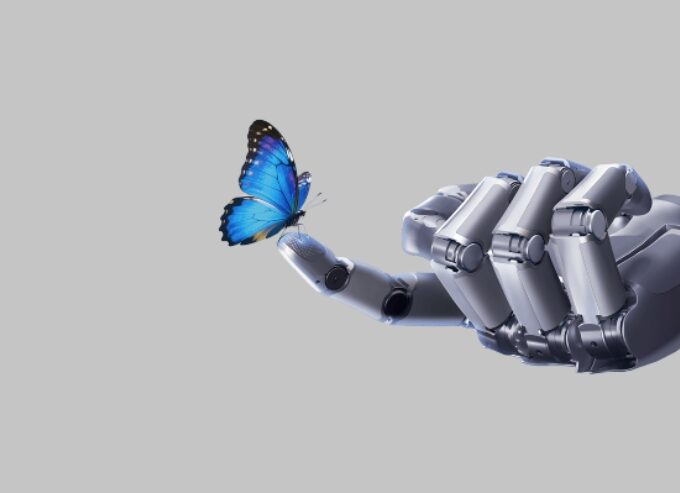The mechs controlled by humans in sci-fi works now have an entirely new possibility — researchers from Cornell University in the US have successfully used the mycelium of Pleurotus eryngii (king oyster mushrooms) to control robot movement. Published in Science Robotics, this achievement blazes a new trail for “carbon-silicon” integration technology, marking a standout in the latest robotic news.
Traditional robots consist of sensors, actuators, and artificial neural networks, with relatively simple structures. Most existing sensors can only detect single signals, making it difficult for them to adapt to complex environments. In contrast, biohybrid robots combine the advantages of biological systems — such as efficient energy conversion and strong adaptability — with the high-precision control of electromechanical systems, emerging as a new direction to break through technical bottlenecks.
Scientists chose mushrooms for their unique strengths of mycelium. As the core part of fungi, mycelium boasts extraordinary survival capabilities, thriving in extreme conditions like frigid Arctic permafrost and nuclear radiation-contaminated areas. It also possesses sensing, communication, and electrical signal transmission functions. Compared to animal cells (which are hard to cultivate), bacteria (with short lifespans), and plants (which react slowly), mycelium can survive for a long time with only a small amount of water and simple nutrients. Moreover, in nature, some fungi themselves parasitize in specific insects or plants, influencing the behavior of their hosts by generating electrical signals and chemical hormones, making it a natural “controller” for robots.

The realization of mushroom-controlled robots involves three key steps. First, a special scaffold equipped with tiny electrodes is 3D-printed, acting as a “signal reception network” for the mushrooms. Pleurotus eryngii mycelium is then inoculated onto the scaffold and allowed to grow and wrap around the electrodes over 2 to 4 weeks — this mushroom species was selected for its fast growth, simple growth pattern, and non-toxicity. Second, a Faraday cage is used to isolate electromagnetic interference, while high-sensitivity equipment records the weak electrical signals generated by the mycelium when perceiving the environment. Finally, an algorithm modeled after the “central pattern generator” in animal brains is designed to convert these electrical signals into digital commands such as “move forward” and “turn.” Changes in signal intensity and rhythm correspond to adjustments in the robot’s movements.
The research team has developed two types of fungal robots: a silicone “starfish robot” that moves by expanding and contracting its inflatable legs, accelerating to avoid strong light when exposed to ultraviolet radiation; and a four-wheeled mini off-road vehicle that operates independently. The latter can adjust its direction based on the concentration of chemical substances in the environment, and its mycelium can achieve self-renewal by replenishing nutrient solution regularly.
The future potential of mushroom robots is immense. In agriculture, they can detect soil pH levels, heavy metals, and plant diseases/insect pests, supporting precision farming. In extreme environments, they can replace humans in tasks like detecting radiation levels in nuclear-contaminated areas or monitoring climate change in polar ice sheets. For space exploration, carrying mycelium spores allows for on-site fabrication of detection robots on Mars or the Moon, significantly reducing mission costs. This innovation proves that technology and nature can coexist harmoniously, and breakthrough inspirations may lie in the organisms around us.










